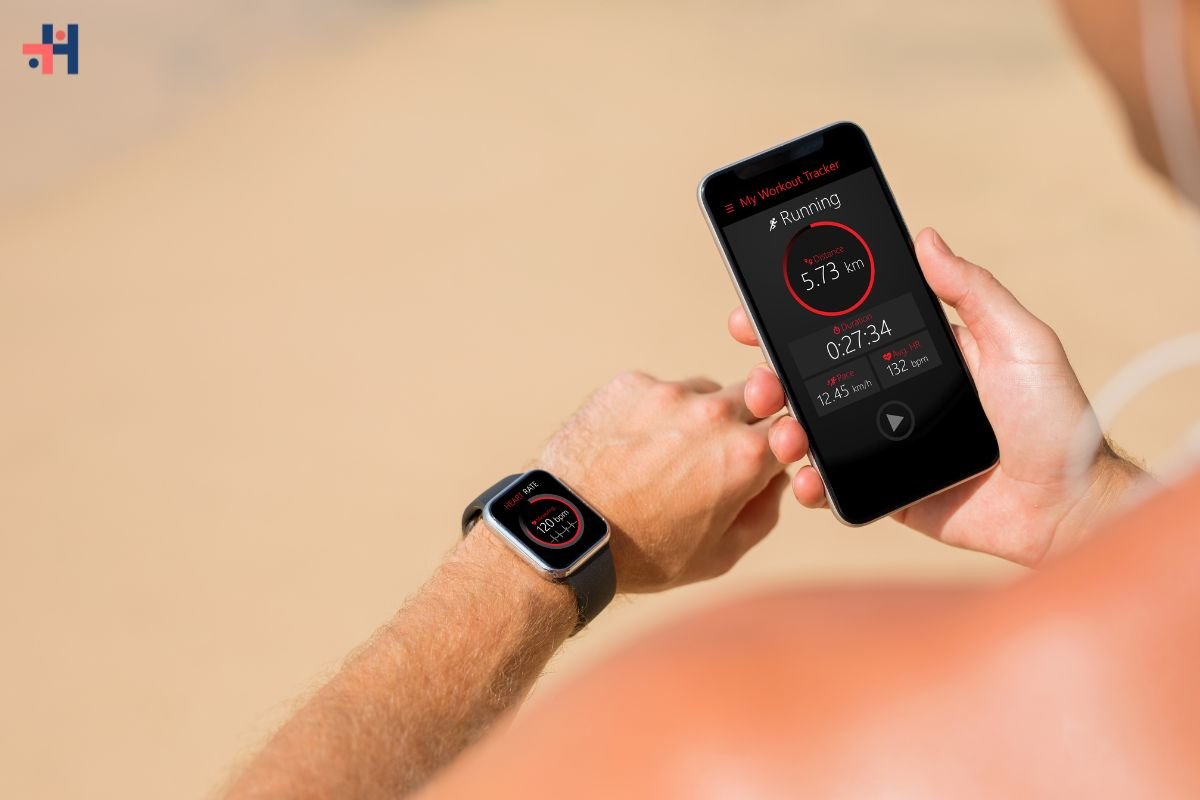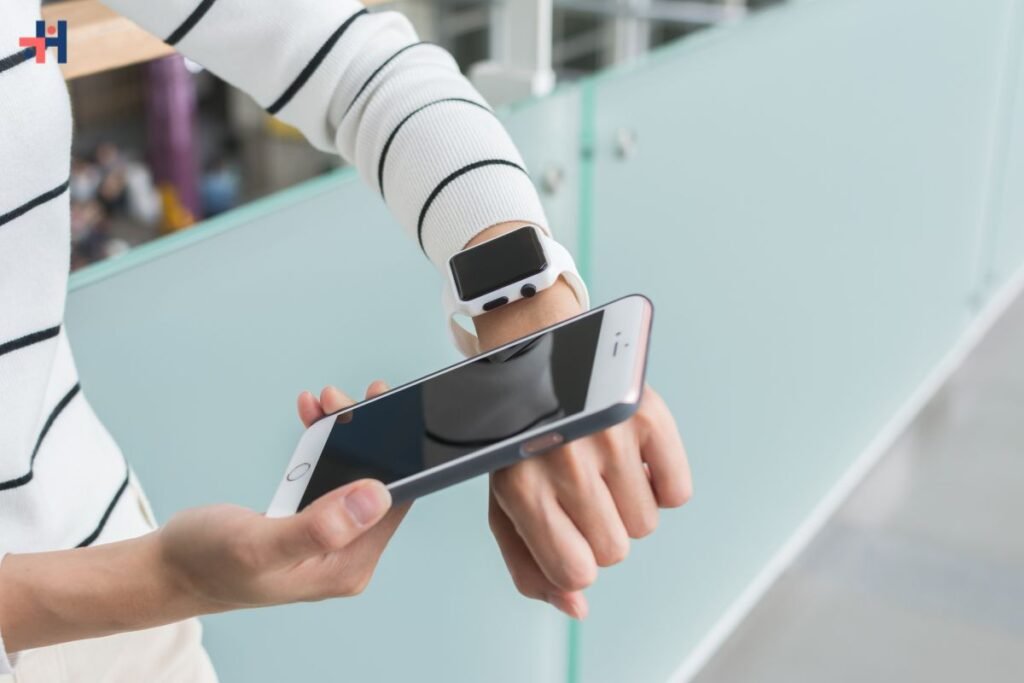Disadvantages of wearable technology in healthcare have emerged as a promising tool in healthcare, offering unprecedented opportunities for remote patient monitoring, personalized health interventions, and improved clinical outcomes. However, amidst the excitement surrounding these innovations, it’s essential to critically examine the potential disadvantages and limitations of wearable devices. In this comprehensive guide, we delve deeper into the disadvantages of wearable technology in healthcare, exploring additional drawbacks and important considerations for healthcare professionals and consumers alike.
1. Limited Clinical Evidence:
Despite the proliferation of wearable devices in healthcare settings, the clinical evidence supporting their efficacy and impact on patient outcomes remains limited. Many wearable technologies have not undergone rigorous scientific validation or clinical trials to demonstrate their effectiveness in managing chronic conditions or improving health outcomes. Healthcare providers may encounter challenges in interpreting and incorporating data from wearable devices into clinical decision-making without robust evidence to guide their use.
2. Integration and Interoperability Challenges:
Wearable devices often operate within proprietary ecosystems and may lack seamless integration with existing healthcare IT infrastructure and electronic health record (EHR) systems. This fragmentation can impede data sharing and interoperability between devices and healthcare providers, hindering care coordination and continuity. Healthcare organizations must invest in interoperable solutions and standards to facilitate the seamless integration of the disadvantages of wearable technology in healthcare into clinical workflows and maximize its utility in patient care.
3. Risk of Information Overload:

The continuous stream of data generated by wearable devices can overwhelm patients and healthcare providers, leading to information overload and cognitive fatigue. Healthcare professionals may struggle to sift through vast amounts of data to identify relevant insights and actionable trends, potentially overlooking critical health indicators or misinterpreting data patterns. Effective data visualization tools and decision support systems are needed to distill complex wearable data into meaningful, actionable insights for both patients and providers.
4. Regulatory and Compliance Burdens:
The disadvantages of wearable technology in healthcare has outpaced regulatory frameworks and standards, leading to uncertainty surrounding the legal and regulatory requirements governing their use in healthcare. Healthcare organizations must navigate complex regulatory landscapes, including HIPAA compliance, FDA regulations, and data protection laws, to ensure the ethical and lawful use of wearable devices. Failure to comply with regulatory requirements can expose healthcare providers to legal liabilities and reputational risks.
5. Social and Psychological Impacts:
While the disadvantages of wearable technology in healthcare has the potential to empower individuals to take control of their health and wellness, it can also exacerbate social pressures and psychological stressors. Constant monitoring and self-tracking may fuel anxiety, obsession, and self-esteem issues, particularly among individuals prone to perfectionism or disordered eating behaviors. Healthcare professionals must consider the psychological implications of wearable technology use and provide appropriate support and guidance to mitigate potential adverse effects on mental well-being.

6. Data Security and Privacy Risks:
Wearable devices collect and transmit sensitive health information, raising concerns about data security and privacy risks. Inadequate cybersecurity measures and vulnerabilities in wearable device ecosystems can expose patient data to unauthorized access, data breaches, and malicious exploitation. Healthcare organizations must implement robust encryption protocols, access controls, and data governance frameworks to protect patient privacy and safeguard against potential security threats.
7. Dependency and Loss of Autonomy:
Excessive reliance on wearable technology can lead to dependency and a loss of autonomy, as individuals may become overly reliant on device-generated feedback and recommendations to make health-related decisions. This dependence can erode patients’ self-efficacy and confidence in their own ability to manage their health, perpetuating a cycle of passive healthcare consumption and disempowerment. Healthcare providers must encourage patients to strike a balance between leveraging wearable technology as a tool for self-management and maintaining autonomy over their health choices.

Conclusion: Navigating the Disadvantages of Wearable Technology in Healthcare
While wearable technology holds immense potential to transform healthcare delivery and empower patients, it’s essential to recognize and address the associated disadvantages and challenges. By acknowledging the limitations of wearable devices, healthcare professionals can adopt a cautious and evidence-based approach to their integration into clinical practice. Through ongoing research, collaboration, and innovation, we can harness the benefits of wearable technology while mitigating its risks, ultimately advancing the goal of improving patient outcomes and enhancing the quality of care in the digital era.










